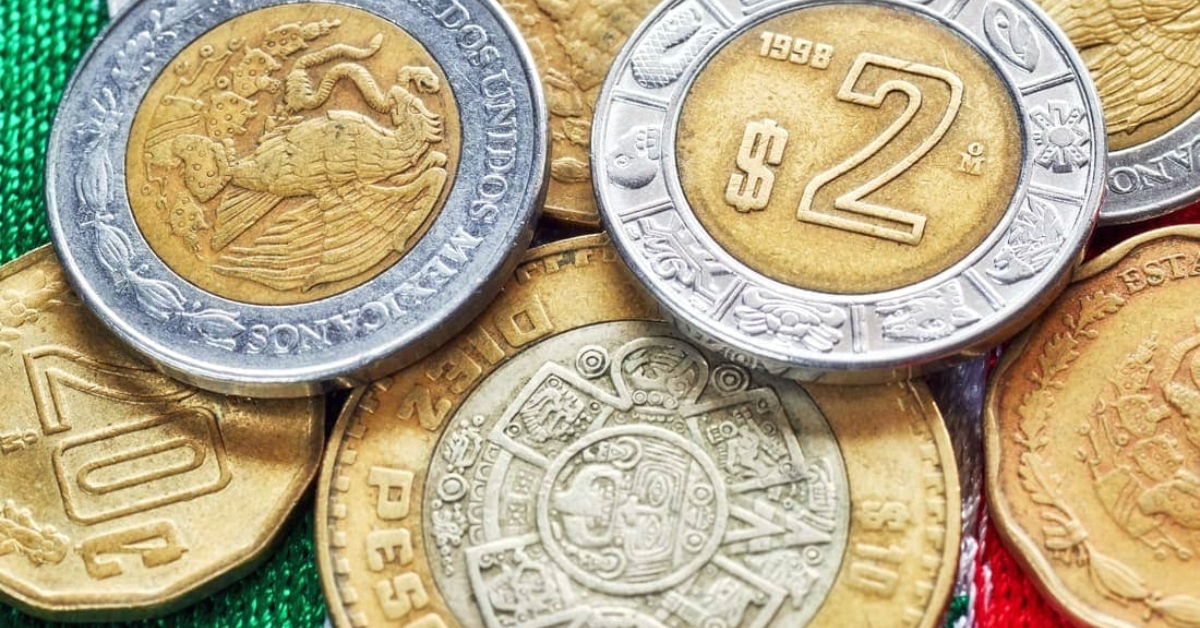Puerto Vallarta, Mexico – The Mexican peso opened at approximately 20.53 pesos per U.S. dollar on international markets, reflecting a depreciation of 0.23% or five cents compared to the previous trading session, according to Bloomberg data. The currency’s downward trajectory is tied to domestic and global economic factors.
The peso faced a volatile overnight session with an upward bias, according to Monex analysts. The depreciation is largely influenced by the continued decline in Mexico’s industrial production, which has weighed heavily on the currency’s performance in recent weeks.
Industrial production data revealed a significant contraction, further exacerbating concerns about the country’s economic growth prospects. The ongoing weakness in this sector has created downward pressure on the peso, raising questions about the broader resilience of Mexico’s economy.
Investors are also closely monitoring U.S. employment figures, particularly nonfarm payrolls. Analysts suggest that stronger-than-expected job growth in the United States could bolster the U.S. dollar and extend its weekly gains.
“A robust payroll report would likely prolong the advance of the exchange rate in the short term, strengthening the dollar against the peso,” Monex specialists stated. This dynamic underscores the peso’s vulnerability to external economic developments, particularly in its largest trading partner, the United States.
In broader currency markets, the U.S. dollar index, which measures the greenback against six major world currencies, opened with a slight depreciation of 0.05%. In contrast, the euro and British pound both recorded modest gains, each rising by 0.06% against the dollar.
The mixed performance of global currencies reflects uncertainty in financial markets as traders weigh inflationary pressures, central bank policies, and macroeconomic indicators from major economies.
While the peso’s recent depreciation aligns with a decline in industrial output, other factors such as oil prices, remittance flows, and central bank policies will likely influence the currency’s trajectory in the coming weeks. A sustained recovery in industrial production and stability in external markets could provide some relief.
Until then, the peso remains at the mercy of domestic economic challenges and international financial trends, with investors keeping a vigilant eye on key economic data releases.
Puerto Vallarta, Mexico - The Mexican peso opened at approximately 20.53 pesos per U.S. dollar on international markets, reflecting a depreciation of 0.23% or five cents compared to the previous trading session, according to Bloomberg data. The currency's downward trajectory is tied to domestic and global economic factors.












